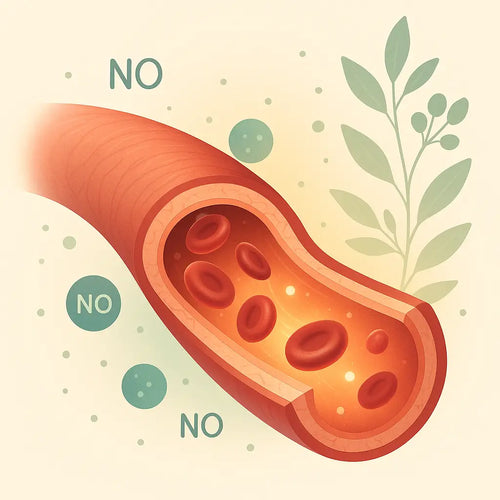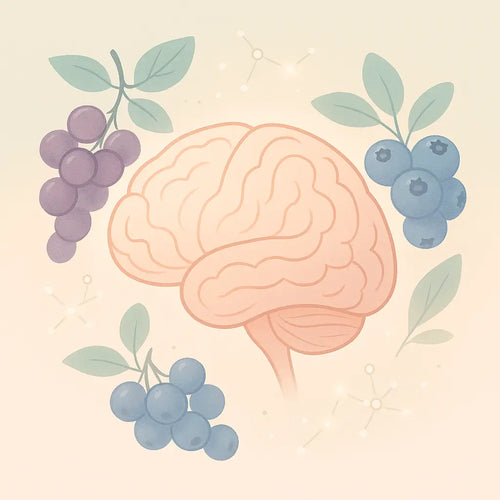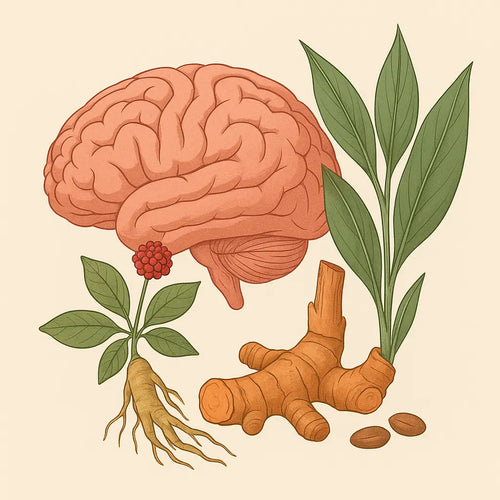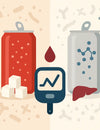We know blood platelets form blood clots, but they are also involved in producing inflammation.
Inflammation is a risk factor for cardiovascular disease and is especially dangerous when the endothelial cells (which lines the blood vessels) get inflamed.
The platelets are involved in that.
The platelets can also be involved in other inflammatory conditions like arthritis (Alexandru N, et al. 2012).
You don’t want your platelets to form blood clots when it’s not needed, because that could kill you.
Neither do you want your blood to be so thin or clot so slowly that you bleed too easily either, because then you may bleed to death or get a stroke.
Medications for preventing blood clots come with an increased risk of bleeding and are not something you want to use unless there is a very good reason for it; for example, in cases where you have a blood clot.
These drugs are not designed for general prevention.
So is there anything you can do to help your platelets function optimally?
There actually is, you can eat certain types of food.
In particularly there is one food that is standing out for its ability to affect clotting and protect the endothelium, and that is tomatos (Palomo I, et al. 2012).
What’s interesting is that tomato’s provide cardio protective effects, but without prolonging the bleeding time (O’Kennedy N, et al. 2006).
No side effects.
It can’t be better than that, no drugs can do what tomato’s can.
You can eat them raw, or you can use them prepared.
Tomato extract equivalent to 6 tomatoes significantly inhibited platelet aggregation after 3 hours, and it lasted for more than 12 hours.










